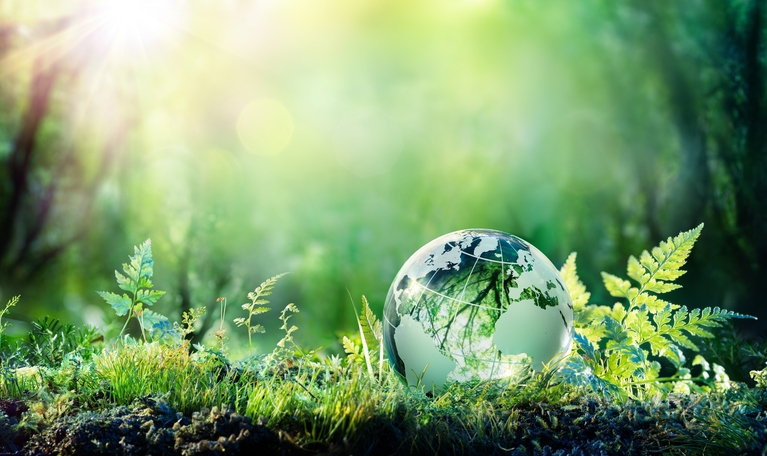According to research, Indonesia’s personal care market will experience the highest growth within the next five years.
“This is simply because of our population. We have some 270 million people and the middle-income population is doubling every year. We have purchasing power and our society will consume more, especially in terms of personal care,” said Kilala Tilaar, corporate director of creative and innovation of the Martha Tilaar Group.
He added that research has shown that Indonesian consumers tended to prefer natural, organic and eco-friendly products.
“Unfortunately, Indonesia is the second biggest exporter of plastic. The younger generation is aware of the dangers of plastic waste. Products that are organic, natural or sustainable will answer the current needs of this millennial generation.”
Potential in Eastern Indonesia
Tilaar believes Indonesia will help to drive the natural and organic trends further as the country is home to some of the most biodiverse forest and seas in the world.
“As the trend moves towards natural and organic, it gives us a lot of potential in terms of raw ingredients and innovation.”
He told CosmeticsDesign-Asia that the company’s R&D arm, the Mathar Tilaar Innovation Centre (MTIC) was exploring the eastern part of Indonesia which consists of islands including Sulawesi and Maluku.
“The species found in the east and west are slightly different. We have been active in the west, but now we want to go deeper into the eastern part. We’ve already found a couple of ingredients that are very interesting.”
Additionally, the division is working to find substitutes for imported raw materials.
“Indonesia is very dependent on imports for the cosmetics sector. Probably 85% of the raw materials are imported. We’ve been doing a lot of research on how to replace natural emollients, natural surfactants, natural oil… So that we can lessen dependence on imported materials.” said Tilaar.
Tilaar said that the research has been ‘going on nicely’ and the team was making a lot of progress, especially on natural surfactants and natural emollients from plant-sources.
Indonesia’s indie brand boom
The demand for more natural and organic products is also seeing the rise of local beauty brands that cater to millennials.
The company works with many of these brands through Cedefindo, its cosmetics manufacturing division.
“We produce products for big companies, but we also control the market for Indie brands in Indonesia. We’ve been working a lot with such brands, we’ve handle about 120 indie brands,” said Tilaar.
“We play a more nurturing role with indie brands. They are new and small players that may not understand much about regulation. We have to educate them on technology that’s available, safety, process of innovation more compared to a bigger corporation.”
Tilaar commented that bigger cosmetic companies could learn a lot from young beauty brands.
“They are more agile, very fast and very creative. We can learn so much from them, such as the way they conceptualise and market their products.”
He expressed that he felt it was essential to work with local indie brands for the good for the domestic personal care industry.
“At the end of the day, we want to work for Indonesia. Not only for ourselves or a big corporation, but for young Indonesian entrepreneurs. The more the merrier.”
